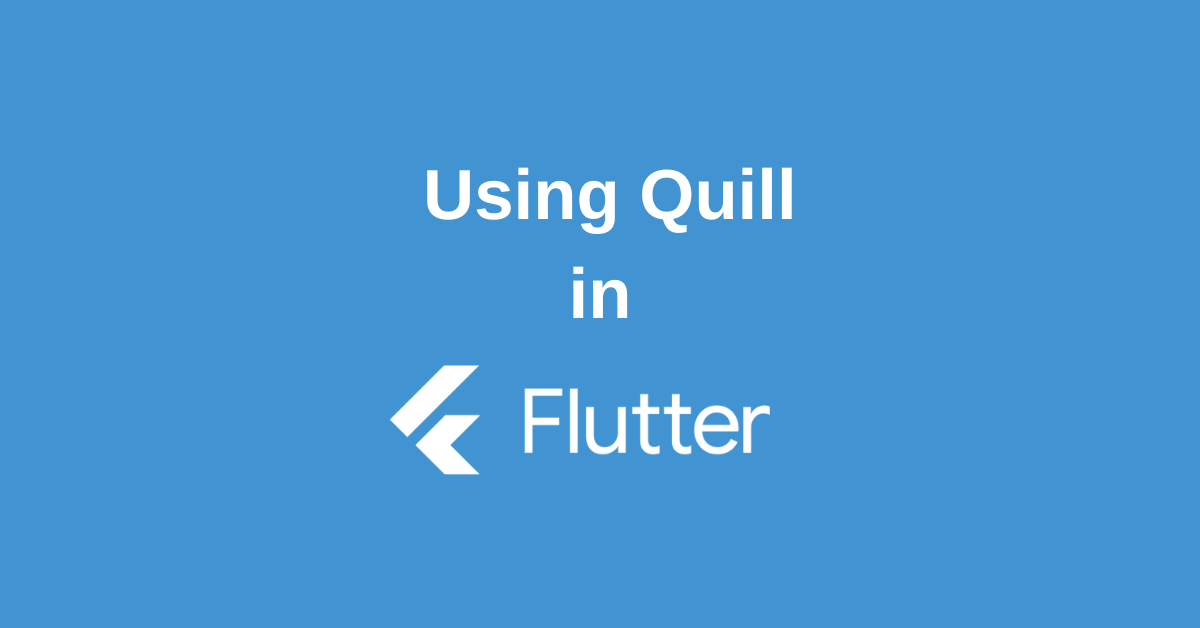When it comes to building modern, feature-rich applications, having a flexible and customizable text editor is crucial. For Flutter developers, Flutter Quill has quickly emerged as one of the most popular packages for adding a powerful WYSIWYG editor to apps. Inspired by the well-known Quill.js framework, Flutter Quill brings a smooth, rich text editing experience directly into the Flutter ecosystem.
In this article, we’ll dive deep into what Flutter Quill is, how it works, its standout features, and practical use cases. We’ll also look at common developer needs such as converting editor content to PDF, exporting to HTML, handling read-only states, and more. Whether you’re a beginner experimenting with a Flutter Quill example or an experienced developer exploring Flutter Quill extensions, this guide will help you make the most of this package.
What is Flutter Quill?
Flutter Quill is a rich text editor and viewer for Flutter built on top of the powerful Quill.js library. It provides developers with an intuitive editor that feels like modern web-based editors but fully optimized for mobile and cross-platform apps.
With features like image embedding, font customization, and toolbar options ranging from bold and italic text to more advanced formatting, Flutter Quill ensures that Flutter apps can deliver professional-grade content editing experiences.
Developers often use Flutter Quill in applications such as:
- Blogging platforms
- Chat apps with formatted messages
- Documentation systems
- Note-taking or productivity tools
Getting Started
Setting up is straightforward. Simply add the dependency to your pubspec.yaml file and import it into your project. From there, you can instantiate the editor and toolbar within your UI.
Here’s a very simple example to render an editor and toolbar:
QuillController _controller = QuillController.basic();
Column(
children: [
Expanded(
child: QuillEditor.basic(
controller: _controller,
readOnly: false,
),
),
],
);
This code snippet showcases how easy it is to add an interactive editor to your app with minimal setup.
Key Features of Flutter Quill
1. Customizable Toolbar
Developers can configure toolbars with preferred formatting options such as bold, italic, lists, links, and more. You can even build custom buttons using Flutter Quill extensions.
2. Read-Only Mode
When you only want users to view, not edit, documents, read only mode comes in handy. This is especially useful for apps displaying formatted articles, eBooks, or chat messages.
3. Export Options: HTML & PDF
One of Flutter Quill’s biggest advantages is its flexibility to export content in multiple formats. Developers can easily:
- Convert editor output from Flutter Quill to HTML for rendering content on websites.
- Generate files by exporting Flutter Quill to PDF for sharing and downloading offline documents.
These export features make it suitable for applications ranging from blogging platforms to enterprise documentation tools.
4. HTML Editor Integration
Another exciting use case is integrating Flutter Quill HTML editor functionality. This allows users to input and style content similar to a web CMS system, making the mobile-to-web transition seamless.
5. Extensions & Plugins
With extensions, developers can enhance the editor with features like image upload, mentions, tables, and more, tailoring the experience to specific project requirements.
Flutter Quill Documentation & Community Support
One of the strengths of this package is its well-documented ecosystem. The official documentation on GitHub walks developers through setup, configuration, and advanced usage scenarios. Since it’s open-source, developers also benefit from regular updates, issue tracking, and shared feature requests.
The active GitHub repository also makes it easier to explore examples, troubleshoot issues, and discover community-driven best practices.
Alternatives
While Flutter Quill is one of the most popular editors in the Flutter ecosystem, there are also alternative packages worth mentioning such as:
- Zefyr: An earlier editor built on Quill but less actively maintained.
- Froala Editor (via WebView): A web-based editor solution, though heavier in integration.
- Super Editor: A different take on document editing, with flexible document nodes for advanced use cases.
Choosing between these depends on your project’s complexity, community support needs, and performance requirements.
Conclusion
Flutter Quill stands out as one of the most powerful and customizable rich text editors available in the Flutter ecosystem. Whether you’re exploring a quick example, integrating advanced extensions, this package gives your app the flexibility to handle text content professionally.
With its active community, extensive documentation, and updates on GitHub, developers can rely on it for both small and enterprise-grade projects. While there are alternative packages, Quill remains the go-to choice for building feature-rich, cross-platform apps that demand robust text editing capabilities.
If you’re building the next blog platform, productivity app, or documentation tool, Flutter Quill is definitely worth adding to your toolkit.
Wanna Level up Your Flutter game? Then check out our ebook The Complete Guide to Flutter Developement where we teach you how to build production grade cross platform apps from scratch.Do check it out to completely Master Flutter framework from basic to advanced level.

